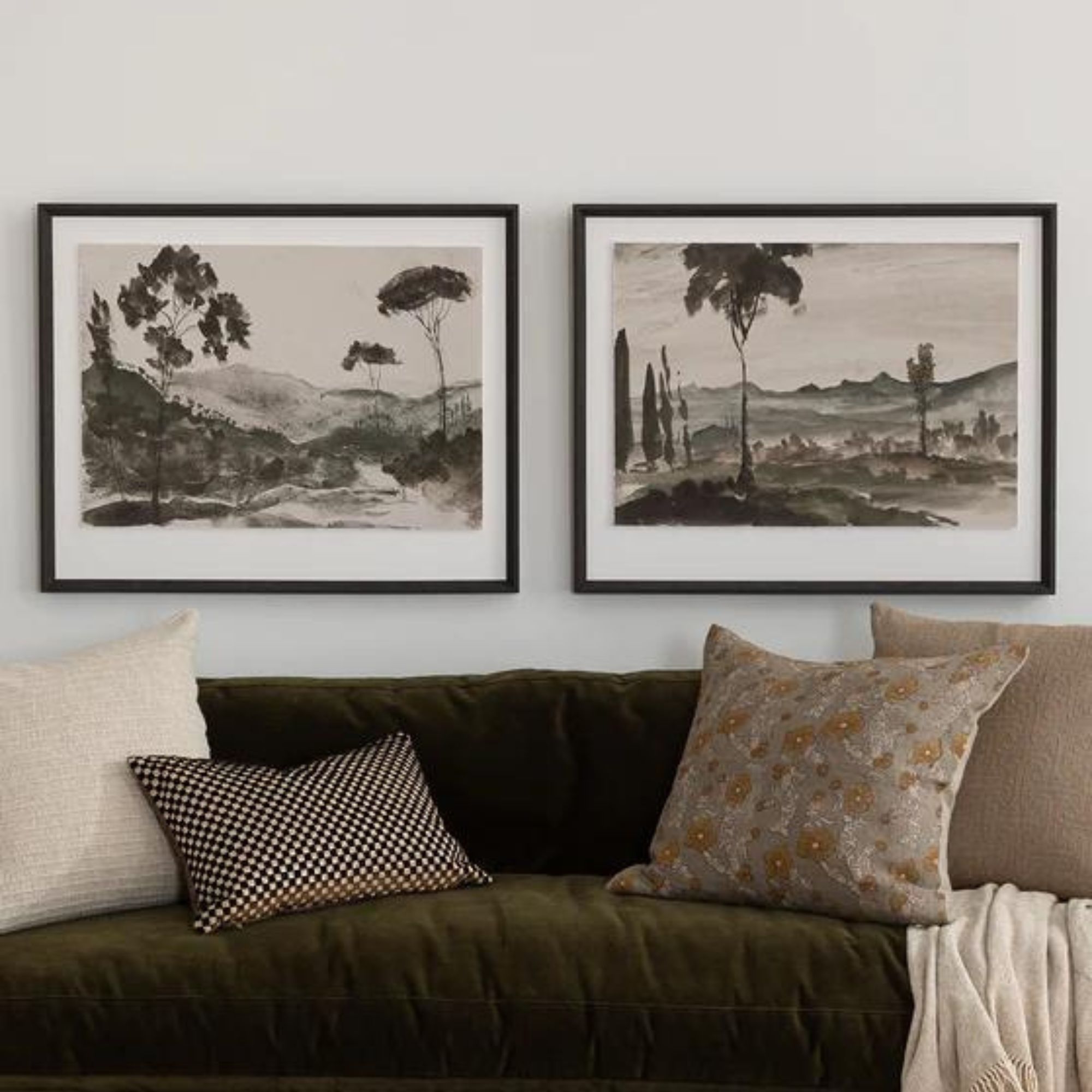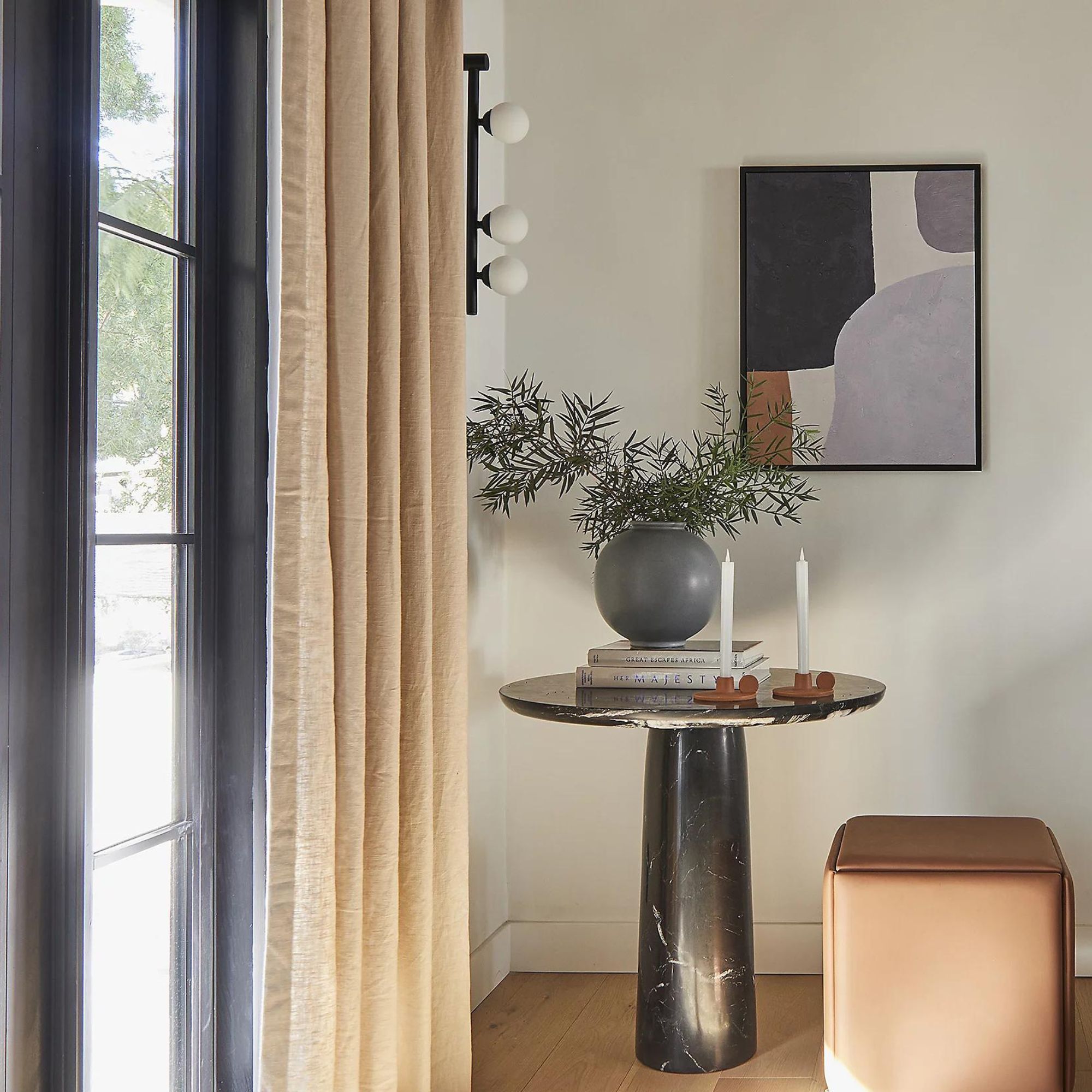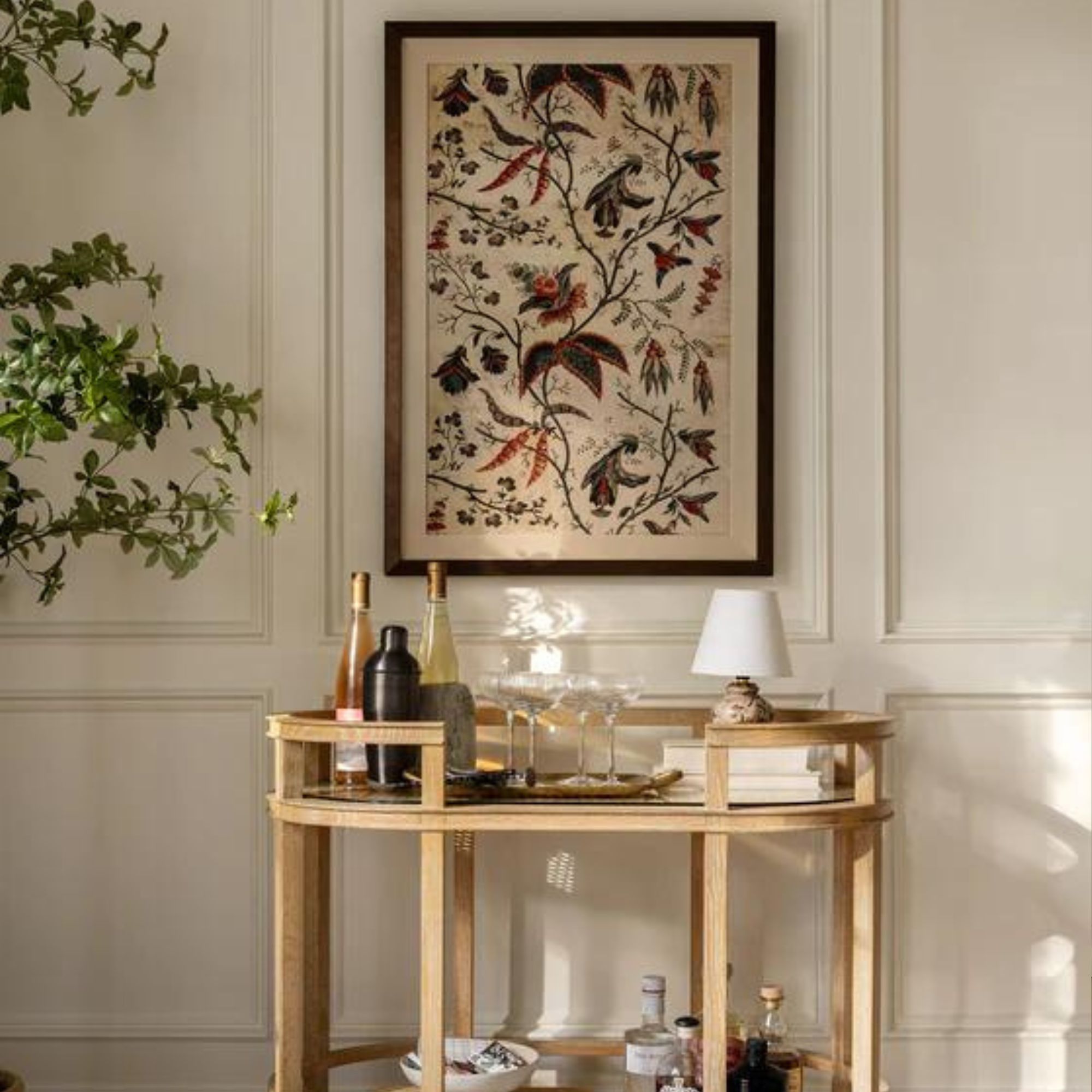Emily Henderson just shared her tried-and-true tips for hanging art – this is how to get a gallery-like look
The interior designer let us in on the design mistakes she always avoids when hanging artwork, and offered tips for making art look its best in any space
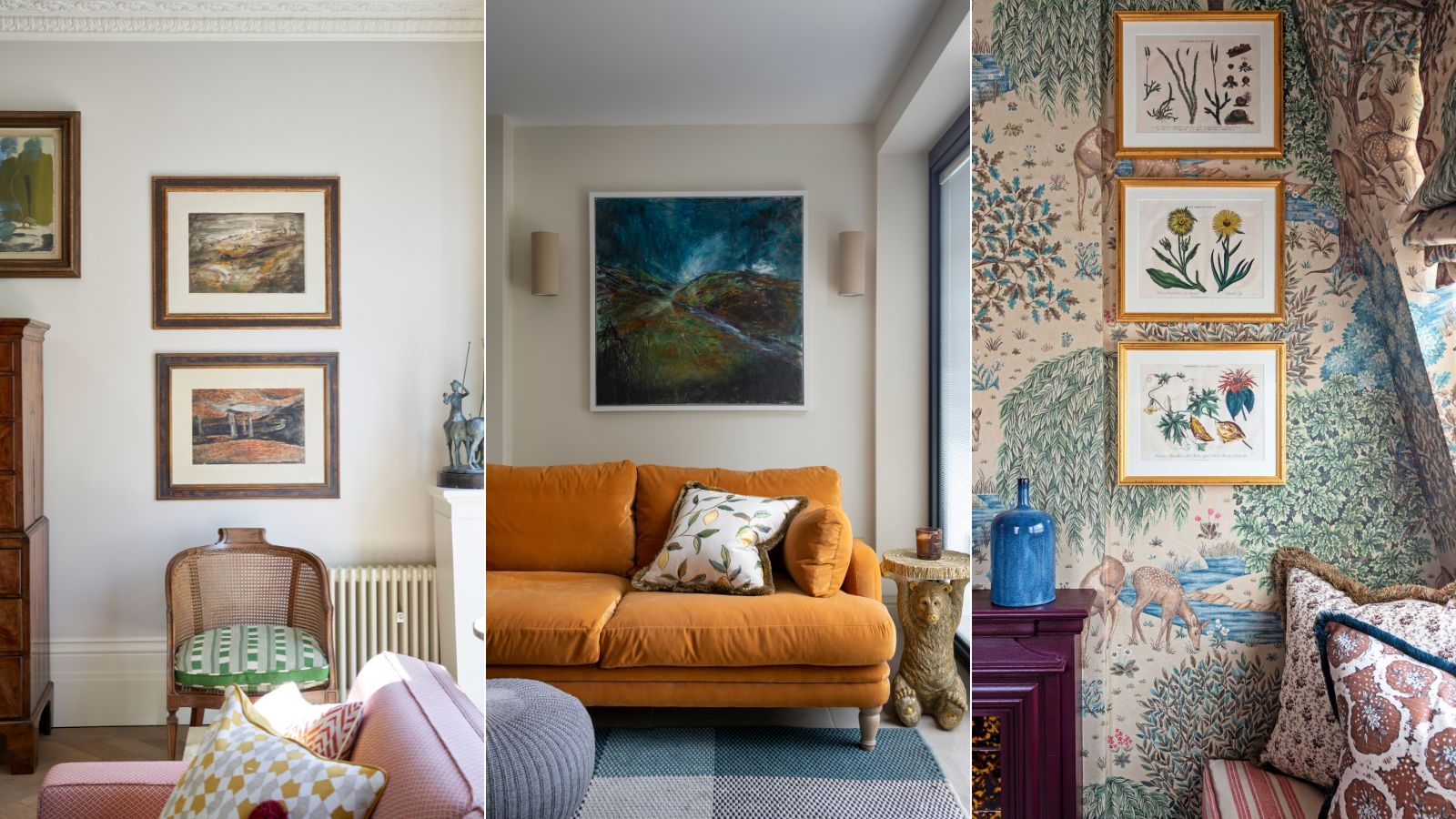

Art can bring any space to life, adding wonderful visual interest and unique personality to bare walls. But getting the proportions and placement down can prove difficult – and the process of hanging frames is quite involved. Getting the look right on the first try can sometimes feel impossible.
Luckily, interior designer Emily Henderson just took to Instagram to share her vetted tips for hanging art, and explained a few mistakes she often sees. These are Emily's top three tips for decorating with art in an eye-catching, enduring way – it's time to give your walls a refresh.
A post shared by Emily Henderson (@em_henderson)
A photo posted by on
Emily's tips for hanging art like a pro
If you've invested in high-quality art that reflects your personality, you'll want to make sure it's displayed in all its glory. Here's how Emily suggests hanging your artwork – with these tips, it'll blend in with the space and still spark conversation.
1. Hang art at eye level
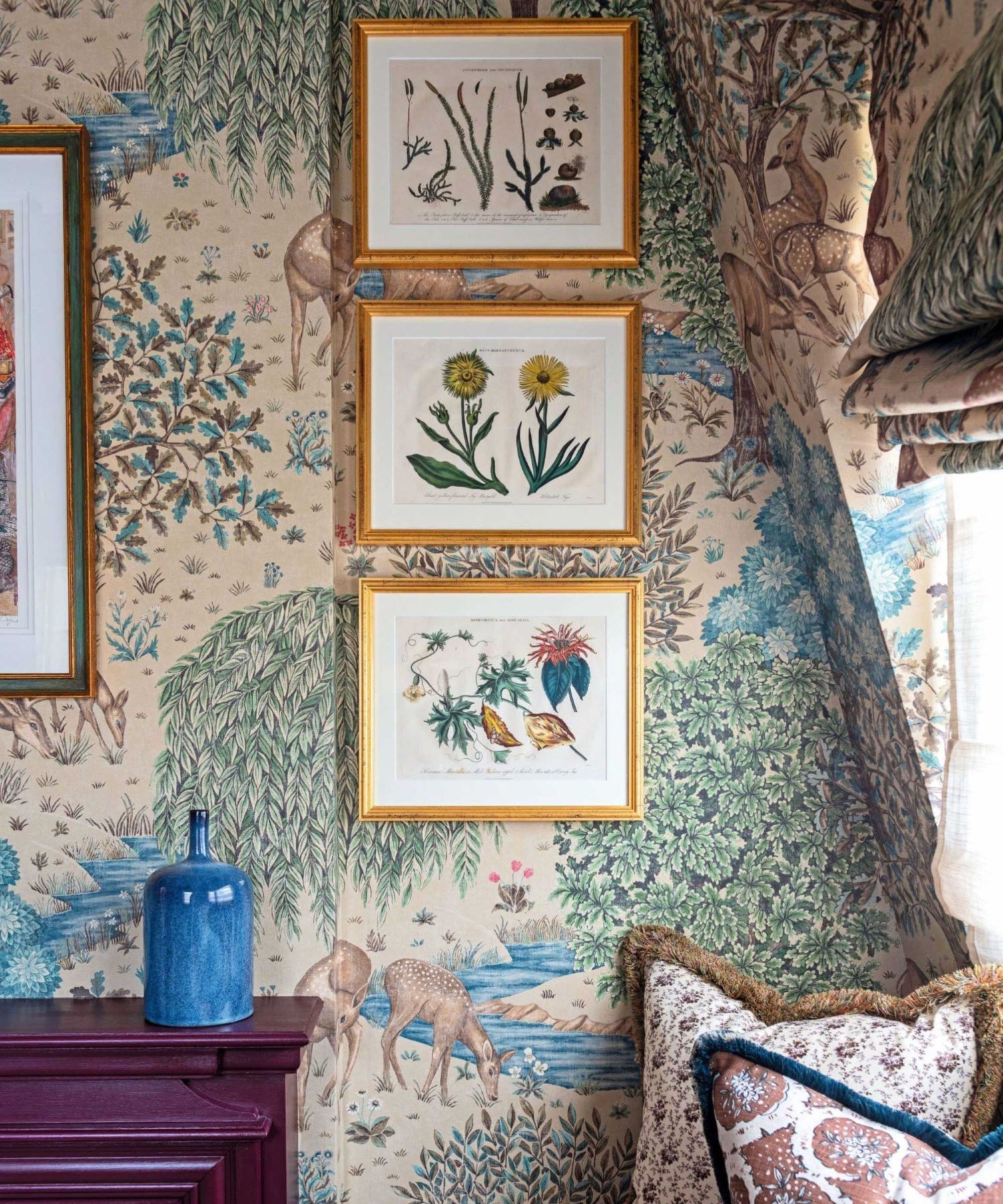
Knowing how high to hang art is an age-old problem, and Emily's first tip is to hang your art at or close to eye level. She suggests imagining that the wall is cut into four sections vertically – by placing framed artwork in the upper middle quadrant, the piece will naturally catch your eye when you walk into the room.
'It’s all about balance. If a piece is too high or low without any real intention, it throws off your eye, which doesn’t make you feel good in a space,' Emily tells Homes & Gardens.
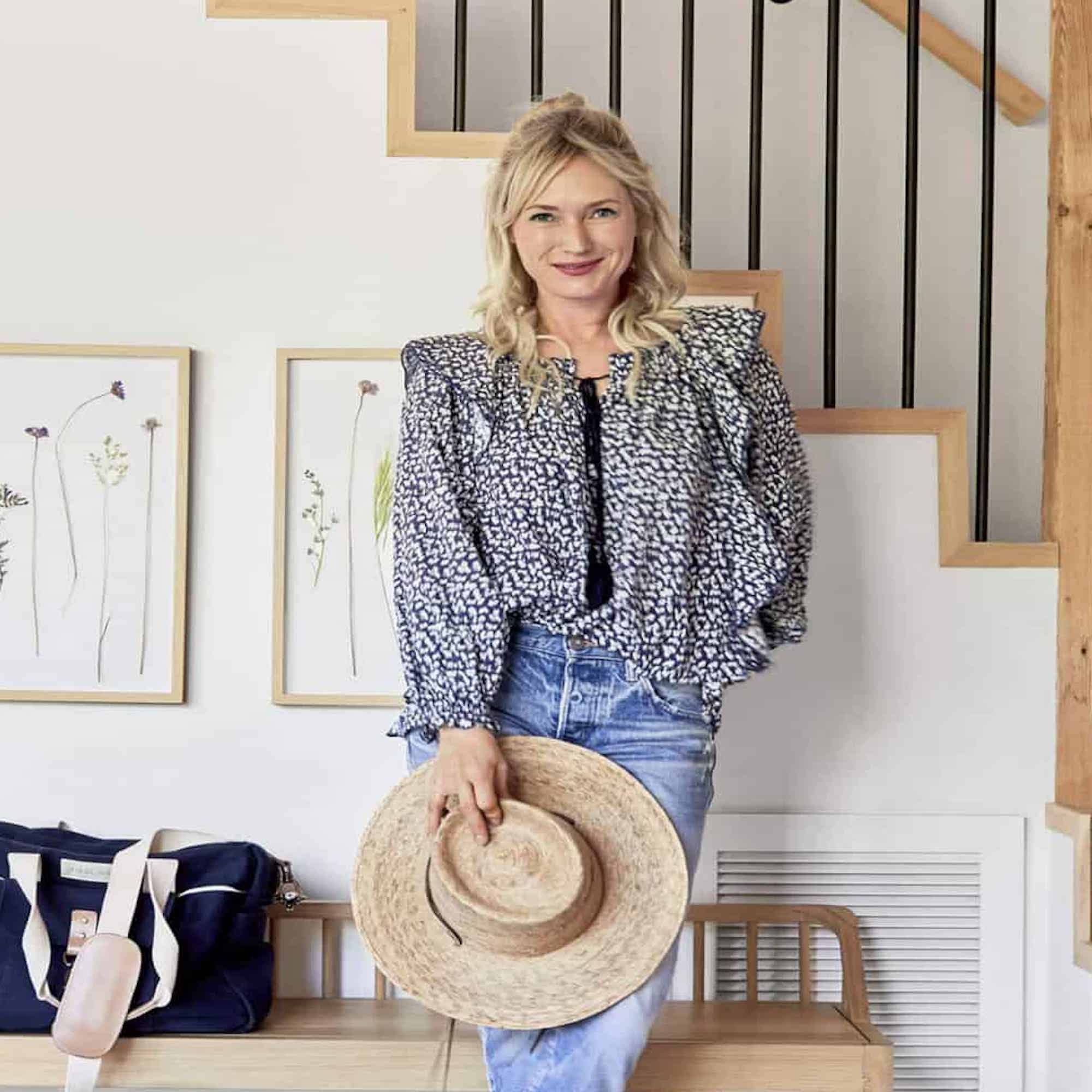
Emily Henderson is Emily Henderson is a stylist, interior designer, HGTV host, and founder of Emily Henderson Design which she's been running for over a decade. Emily provides us with style inspiration every day over on her Instagram, and her blog is a great source of ideas for DIYs and making the most of your space.
2. Carve out space between pieces
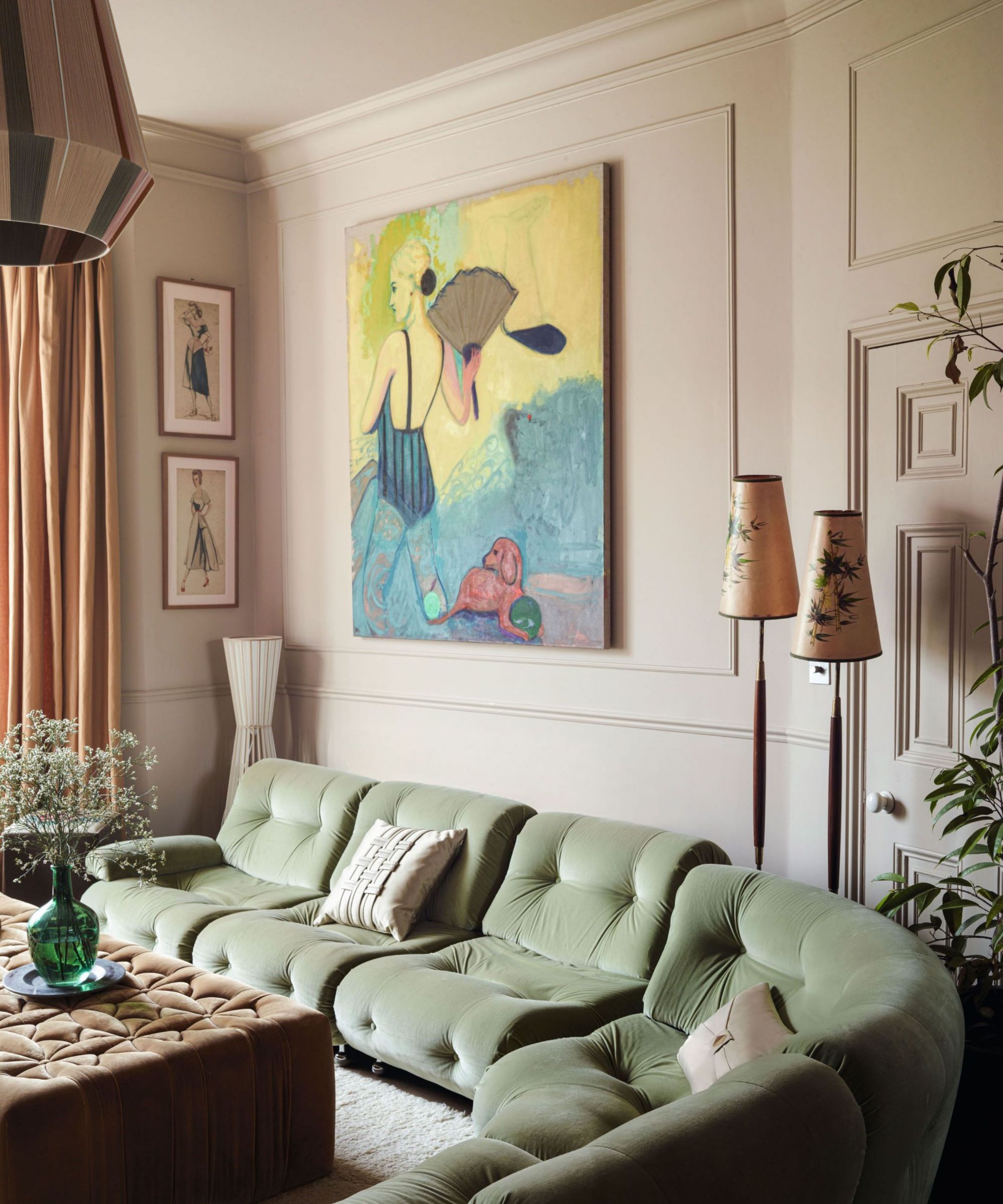
Though art looks lovely when hung above furniture, it's important to give each design element space to breathe. Emily suggests placing art about eight inches above its accompanying piece of furniture to avoid a cluttered or over-the-top look.
You won't need to get out the measuring tape, as each room will require a slightly different scale, but starting with this distance will help you achieve a considered space.
Sign up to the Homes & Gardens newsletter
Design expertise in your inbox – from inspiring decorating ideas and beautiful celebrity homes to practical gardening advice and shopping round-ups.
'This technique makes a space feel bigger and balanced, and lets each piece have a moment,' she says.
3. Use your furniture to scale the space
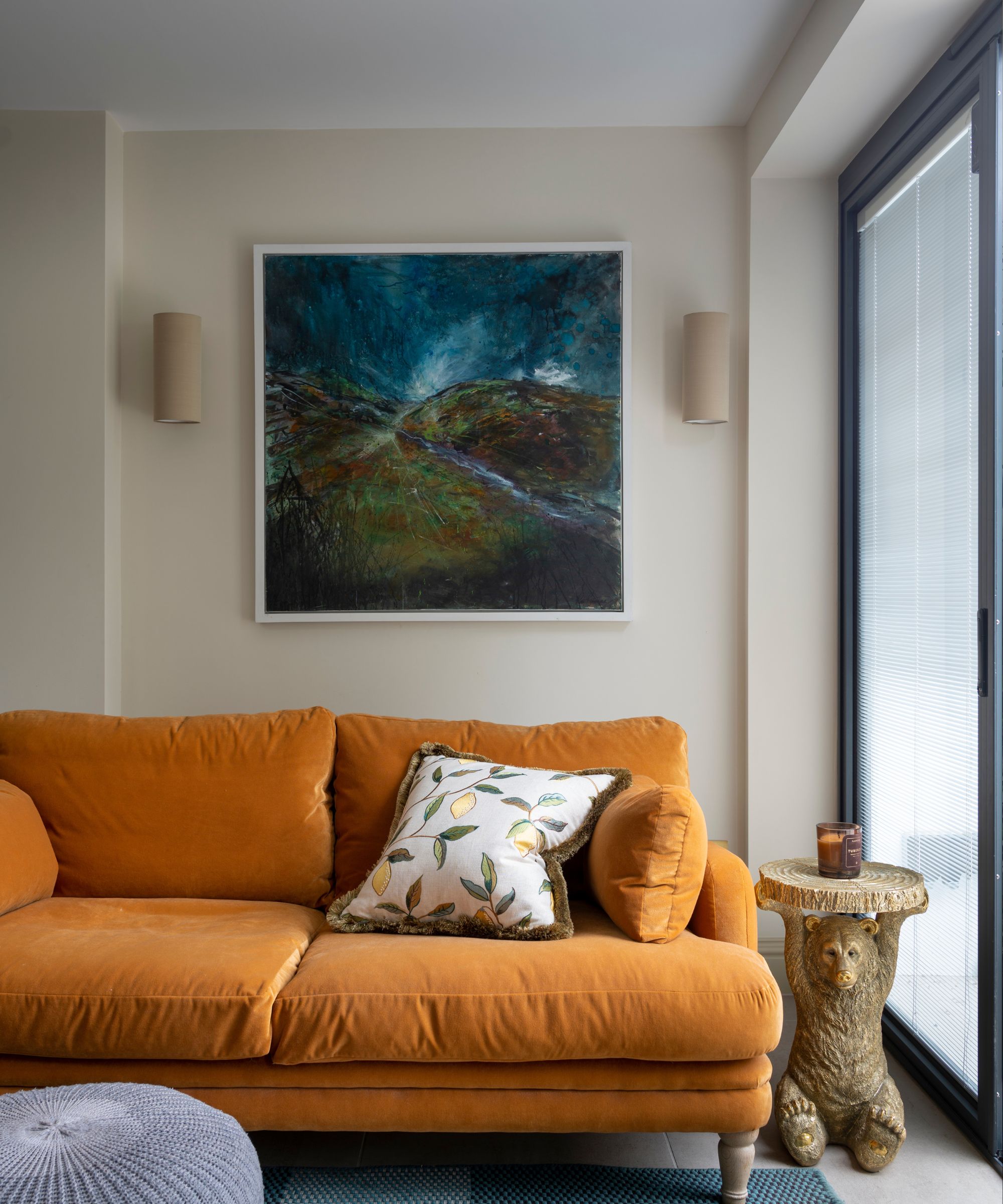
Making sure your artwork is the right size for a space is another important rule when learning how to display artwork, and Emily says that furniture serves as a convenient reference point. She says art that's half or 2/3 the size of nearby furniture works best, creating balance and design finesse.
'Scale is really important for a room to feel well-designed. So choosing pieces that relate in scale is a great way to make sure you are on the right track! That’s why using something like your sofa size to figure out how big or how much art should be behind it is great,' Emily tells H&G.
What other mistakes should you avoid?
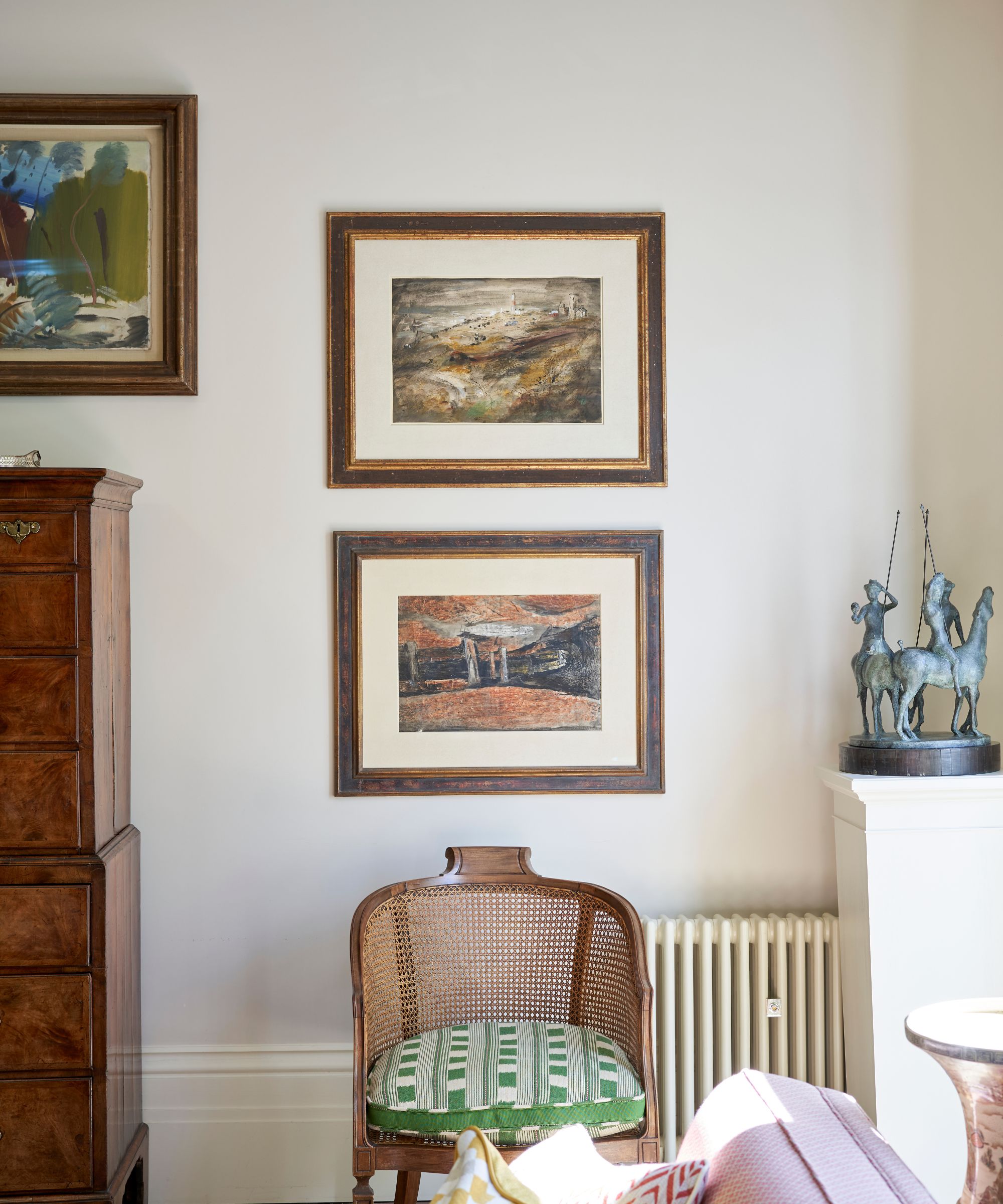
In the video, Emily shares that a common art-hanging mistake is choosing pieces that are too small for the room. To make smaller pieces of art work, she suggests stacking the works vertically, creating a small gallery wall in your space.
Emily adds that works of art hung too close together – unless they're arranged so as part of a 'super intentional design decision' – can contribute to a cluttered space, taking away from the overall design scheme. She says to leave a bit of space in between each piece when decorating a wall to achieve a serene aesthetic.
'There’s no exact measurement since it’s specific to the pieces and space, but make sure there’s some breathing room between each piece but not so much that you see a lot of wall,' says Emily.
Equipped with Emily's top art hanging tips, you're ready to let your collected works shine even brighter. By minding placement alongside furniture and scaling art to fit in with your space, you'll be left with a museum-like space – in all the best ways.

Abby was the Interior Design News Editor at Homes & Gardens and is now studying for her Master's degree in Journalism at City University, London. Prior to joining our team, she worked with Better Homes & Gardens, where she wrote and edited content about home decor, gardening tips, food news, and more. She studied Journalism and English Literature at New York University and moved to London to pursue her love of writing in 2023.
-
 Bryce Dallas Howard's bedroom is the most creative, social space in her entire home – she uses 'conversational seating' to create a multifunctional 'salon'
Bryce Dallas Howard's bedroom is the most creative, social space in her entire home – she uses 'conversational seating' to create a multifunctional 'salon'The actress's bedroom doubles as a home office thanks to its clever layout and furnishings, proving that this area is much more than a sleep space
By Hannah Ziegler
-
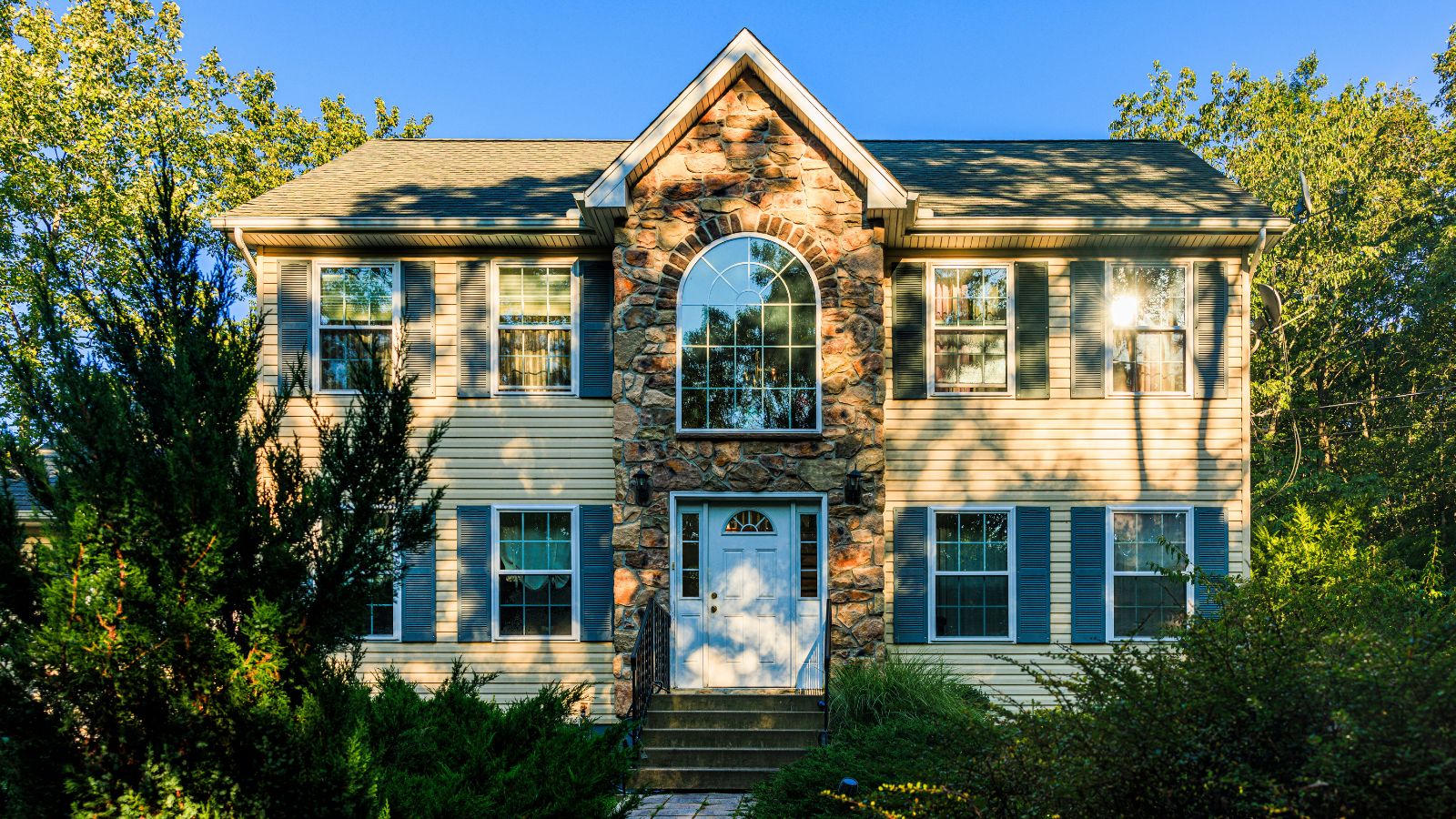 7 questions to ask yourself before moving house – realtors promise answering these questions will prevent buyer's regret
7 questions to ask yourself before moving house – realtors promise answering these questions will prevent buyer's regretDon’t make your move harder, ask these questions before moving to avoid mistakes
By Chiana Dickson
